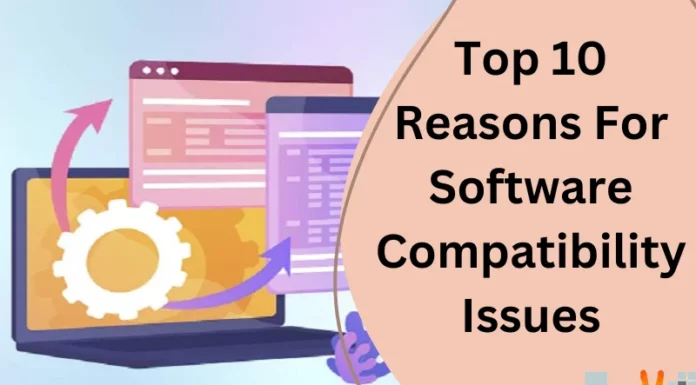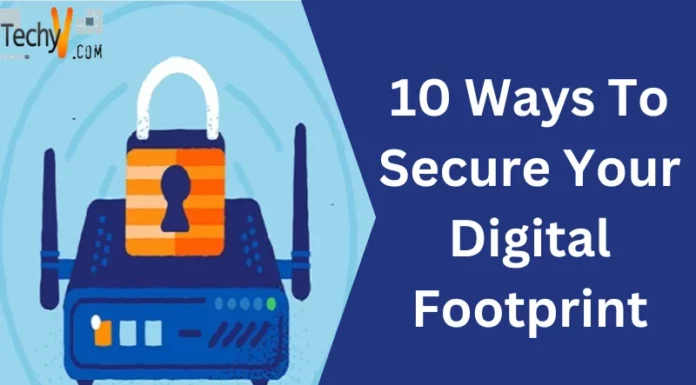E-books have established themselves as a mainstay of the publishing sector over the past few years. But contrary to expectations, the rise of e-books has not resulted in the death of printed books. The COVID-19 pandemic in 2020 was beneficial for print publishing. According to Printing Impressions, a journal for the publishing sector, sales increased 8.2% from the previous year to 751 million copies overall. Children must be educated at home, and more free time was given as justifications for the book-buying binge. While e-books benefit the publishing industry, readers may find them a little intimidating. With e-books, you can still browse the aisles like you are in a physical bookstore and possibly read the first chapter before making a purchase, even with a slight modification.
Print v/s Digital
Many readers still favor physical print books despite the popularity of e-book readers (like the Amazon Kindle) and mobile eReading apps growing. Even though the fact that many people prefer the feel of traditional printed media, eBooks have some unique advantages and can be used in ways that print cannot. Even though print books won’t disappear anytime soon, there are many instances where eBooks are preferable to conventional paper media.
1. One Device, Many Books
eBooks are lightweight and transportable, making them simple to use. One reader can store thousands of eBooks, eliminating the need to carry multiple heavy books. It frees up a lot of room in your house and bag. There is nothing to worry about the storage cap. The top 9 cross-platform eBook readers are listed below. The biggest winners are the students, who no longer have to lug around a bag with books daily. More books than one person could read can be stored on the device by the user.

2. Accessible Everywhere
It is possible to download and store eBooks for later use. The eBook can be read whenever you want and is portable. For those who are constantly moving, it is functional. People can use some eReaders even when there is no internet connection, thanks to the option of offline accessibility. Readers can easily access any eBook anytime, anywhere, unlike printed books, which can be purchased from the bookstore, taking time away from reading while waiting for delivery or traveling to the bookstore.
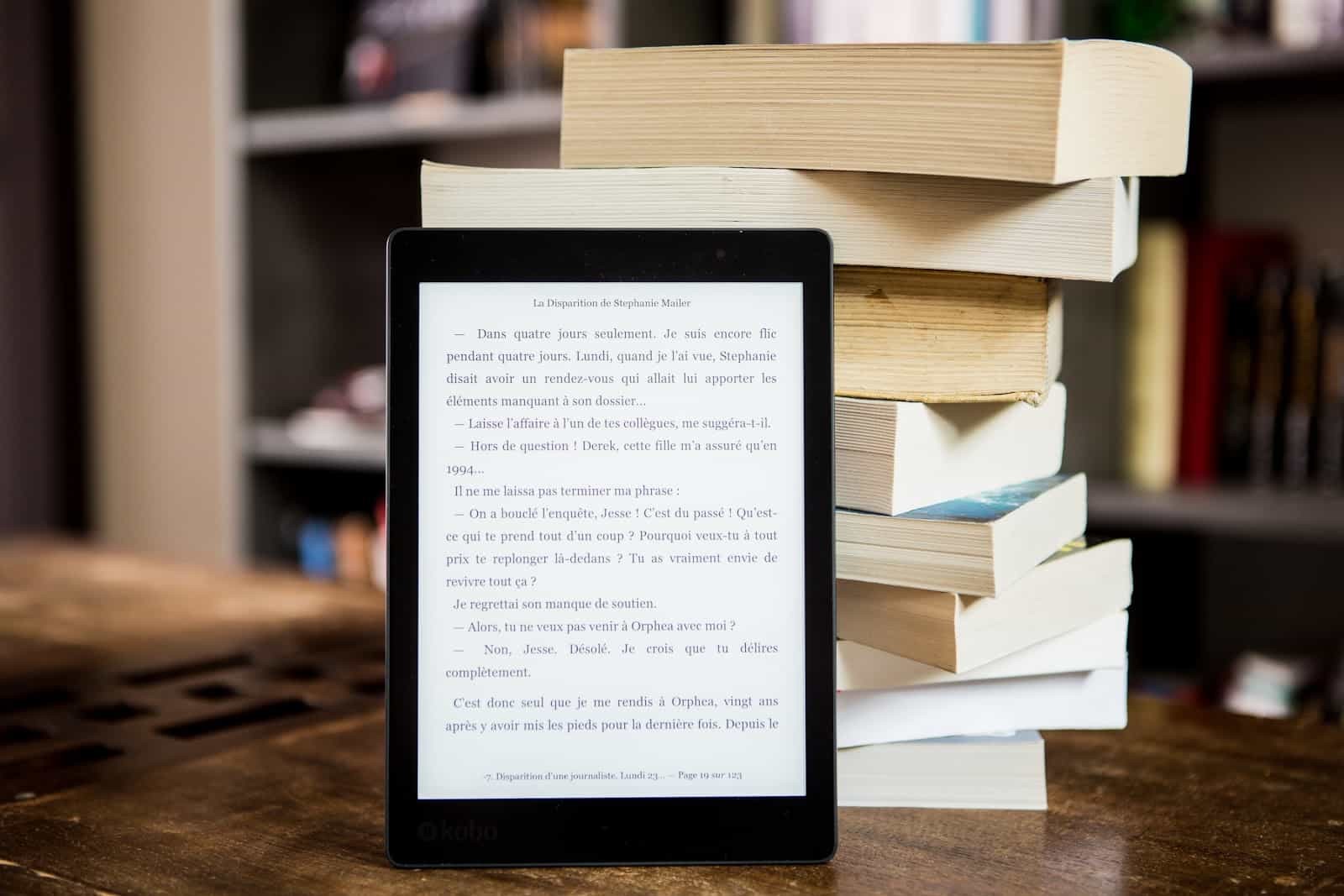
3. Easy On The Eyes
These days, eReaders have features that allow you to change the screen brightness based on the time of day and your preferences. Many eReaders even offer the option to read in the dark with lights that won’t strain your eyes or bother those around you. They have the option of changing the font size. The care of eyes is ensured by e-books.

4. Read Aloud Feature
Text-to-speech and read-aloud capabilities have been made into the eBook design. That makes it possible for people to listen to eBooks if they are too busy to read, such as while driving or doing household chores. Adults and children with visual impairments can also benefit from this feature. Additionally, it is helpful for the user to comprehend the pronunciation of a specific word.
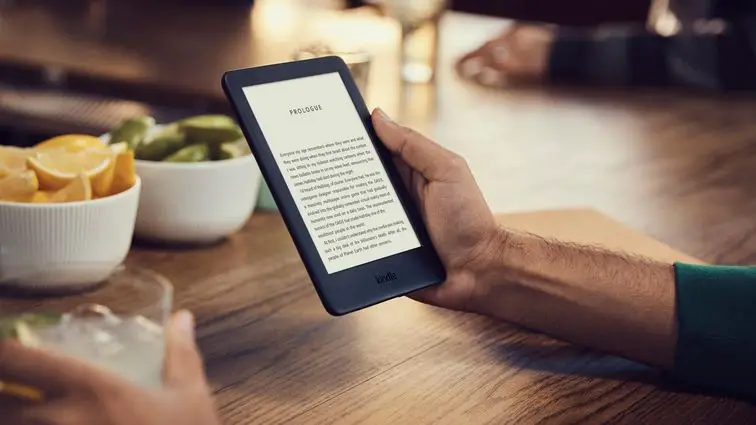
5. No Late Fees Apply To Library eBooks
A late fee will be evaluated if you check out a physical book from the library and fail to return it on time. In addition to their print book selection, many libraries now allow patrons to borrow eBooks. There is no deadline for returning them instead, their licenses will expire on your device. With digital loans, there are no unforeseen late fees to worry about. Accessing library materials has never been simpler, thanks to eReaders.

6. eReaders Have Built-In Dictionaries
Reading a print book and running into a word you don’t understand can be frustrating. To look it up, you must either locate a physical dictionary or open your phone or tablet. You probably don’t bother most of the time and are left wondering. Most the contemporary eReaders come with built-in dictionaries that let you look up any word by tapping on them.
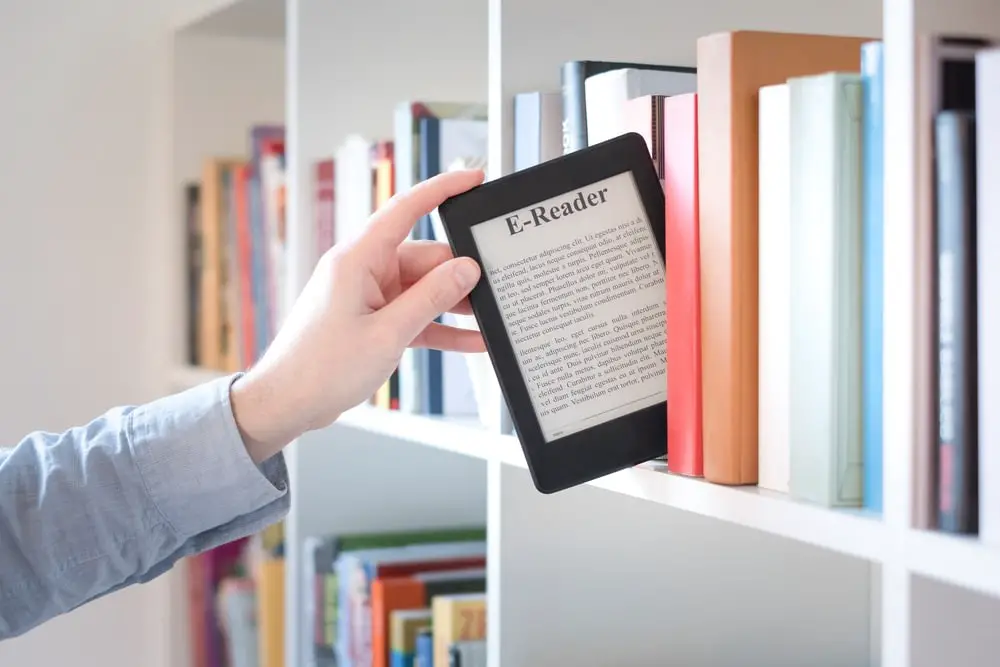
7. In ebooks, You Can Change The Font Size And Style
The ability to increase text size is convenient if you have weak eyesight or are tired, though it may not be the biggest benefit of eBooks.
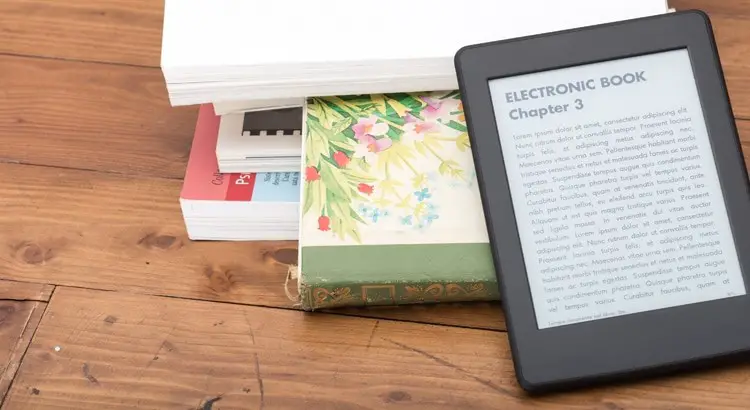
8. ereaders May Be Less Harmful To The Environment Than Print Books
The idea that an electronic device could be better for the environment than traditional books may seem strange, but eReaders can be formed with fewer resources than many books. Thirty print books are made with the same amount of CO2 as one Kindle. By switching to eBooks, most voracious readers will reduce this amount in less than a year. Although paper can be recycled, the sludge created during the de-inking process during the recycling of paper can pollute the environment.

9. Easily Updates
Almost all of the eBooks’ contents are cloud-based. So they can be updated. Updated information can be added by authors and publishers, giving users access to the most recent digital content. Reprinting expenses and associated processing time are often a result.

10. New Releases Are Usually Cheaper As eBooks
Even though they are frequently less expensive to buy, eBooks are released simultaneously as their print counterparts. By sticking to digital releases, you can save some money, if you prefer to buy books over borrowing them from the library or a friend. Older books purchased from used bookstores at steep discounts and may not adhere to this rule.





